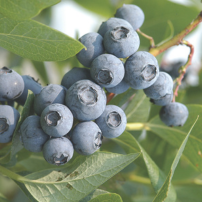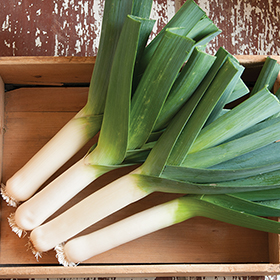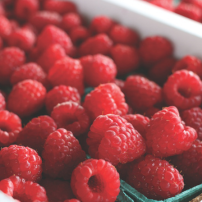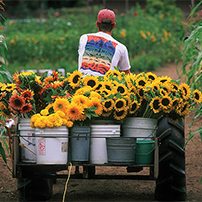- Planning & Plotting Your Market (or Backyard) Garden | An Intro to Johnny's Seed Quantity Calculators & Yield Charts
- Variety Selection Considerations | Tech Sheet (PDF)
- Gaining Efficiency on the Farm | Recommendations from 3 Experts in the Field
- Recordkeeping During the Busy Farming Season | by Taylor Mendell
- Video: Producer Cooperatives for Small-Scale Farmers | Johnny's Webinar Series
- Getting Started with Value-Added Foods & Farm Goods
- The Effect of Shorter Daylength on Winter Production
- Succession Planting Principles & Practices: Methods for Ensuring a Continuous Supply
- Recommended Crops for Succession Planting
- Succession-Planting Calculator (XLSX) | Johnny's Selected Seeds
- Johnny's Planting & Harvesting Programs
- Succession-Planting Interval Chart for Flowers
- Succession-Planting Interval Chart for Herbs
- Succession Planting Charts for Vegetables
- Climate Adaptation for Vegetable & Flower Farmers | Johnny's Educational Webinar Resources
- Video: Climate Adaptation for Vegetable & Flower Farmers | Johnny's Webinar Series
- 11 Things for Farming Elders — and their Beneficiaries — to Know About Medicaid Liens

Johnny's Succession Planting/Harvesting Programs
Above: Johnny's Vegetable Product Manager, Brenna Chase harvests a crop of purple sprouting broccoli.
Select Varieties for Seasonal Planting & Harvesting Slots
A planting program is a plan for extending the harvest period of a particular crop, using various methods, to supply the market for a longer period of time than would otherwise be possible. Johnny's Planting Programs are designed to take the guesswork out of succession planting, allowing you to extend your harvest across the growing season. Follow our Planting–Harvesting Programs to optimize yield and quality.
3 Key Ways of Implementing a Successful Program
- Plant different varieties at separate times, according to their appropriate planting and harvesting slots.
- Plant several different varieties with different days-to-maturity at the same time, for extended, successive harvesting.
- Using season extension tools such as row covers, or protective methods such as growing indoors or in tunnels, to produce earlier crops in the spring and later crops in the fall/winter.
Why Use a Planting Program?
- Certain varieties are better suited for warmer months, while others for cooler weather. Varieties grown during an inappropriate time slot may fall short of their potential, resulting in a poor-quality or even unmarketable product. Production periods are key.
- Growth rates vary by season. In the warm, long days of late spring/early summer, slower-growing, heat-tolerant varieties can be planted. In the cooler, short days of fall, faster-growing, cold-tolerant varieties can be planted.















